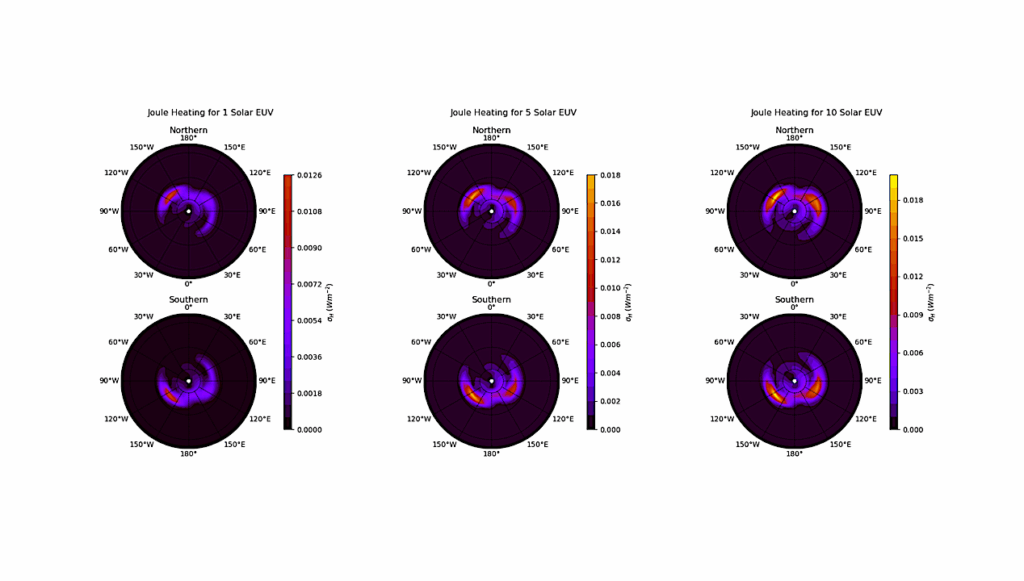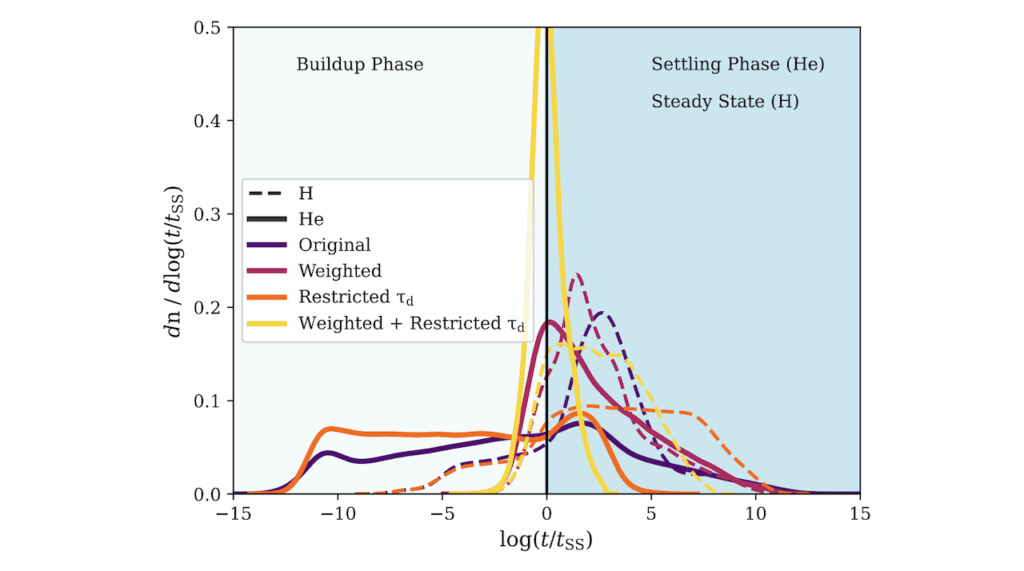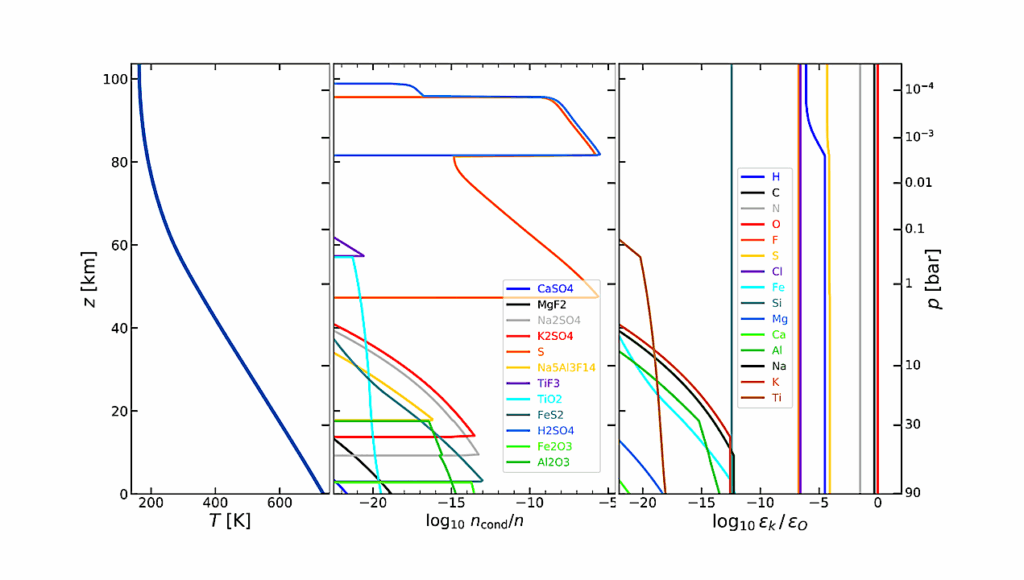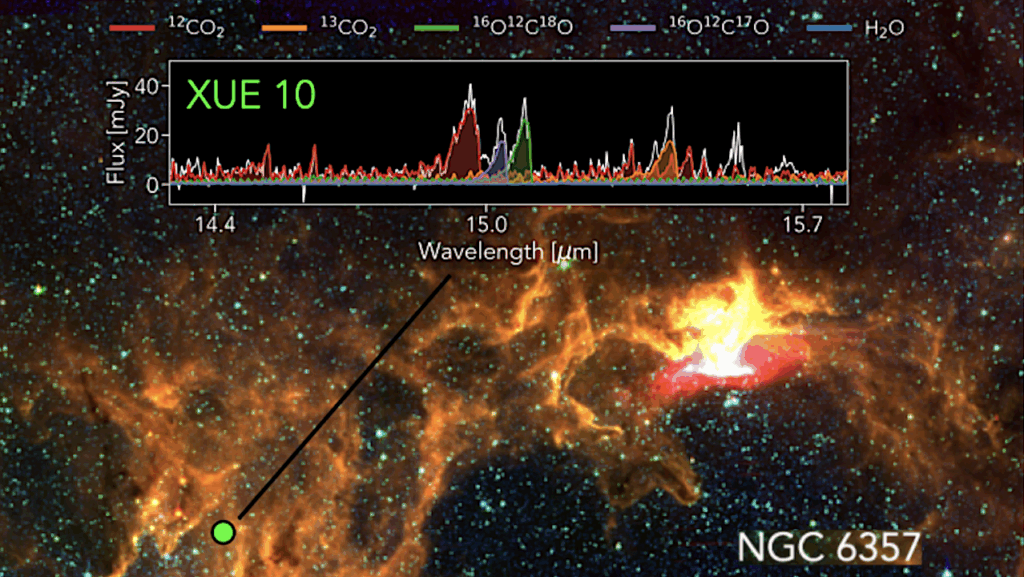The First Search for an Exomoon around a Habitable-Zone Planet

Kepler-22b is the first transiting planet to have been detected in the habitable-zone of its host star. At 2.4 Earth radii, Kepler-22b is too large to be considered an Earth-analog, but should the planet host a moon large enough to maintain an atmosphere, then the Kepler-22 system may yet possess a telluric world.
The Hunt for Exomoons with Kepler (HEK): III. The First Search for an Exomoon around a Habitable-Zone Planet
David M. Kipping, Duncan Forgan, Joel Hartman, David Nesvorny, Gáspár Á. Bakos, Allan R. Schmitt, Lars A. Buchhave
(Submitted on 6 Jun 2013)
Aside from being within the habitable-zone, the target is attractive due to the availability of previously measured precise radial velocities and low intrinsic photometric noise, which has also enabled asteroseismology studies of the star. For these reasons, Kepler-22b was selected as a target-of-opportunity by the ‘Hunt for Exomoons with Kepler’ (HEK) project. In this work, we conduct a photodynamical search for an exomoon around Kepler-22b leveraging the transits, radial velocities and asteroseismology plus several new tools developed by the HEK project to improve exomoon searches.
We find no evidence for an exomoon around the planet and exclude moons of mass >0.5 Earth masses to 95% confidence. By signal injection and blind retrieval, we demonstrate that Earth-like moons are easily detected for this planet even when the time-correlated noise of the data set is taken into account. We provide updated parameters for the planet Kepler-22b including a revised mass of <53 Earth masses to 95% confidence and an eccentricity of 0.13(-0.13)(+0.36) by exploiting Single-body Asterodensity Profiling (SAP). Finally, we show that Kepler-22b has a >95% probability of being within the empirical habitable-zone but a <5% probability of being within the conservative habitable-zone. Comments: 19 pages, 12 figures, 7 tables. Submitted to ApJ
Subjects: Earth and Planetary Astrophysics (astro-ph.EP)
Cite as: arXiv:1306.1530 [astro-ph.EP]
(or arXiv:1306.1530v1 [astro-ph.EP] for this version)








